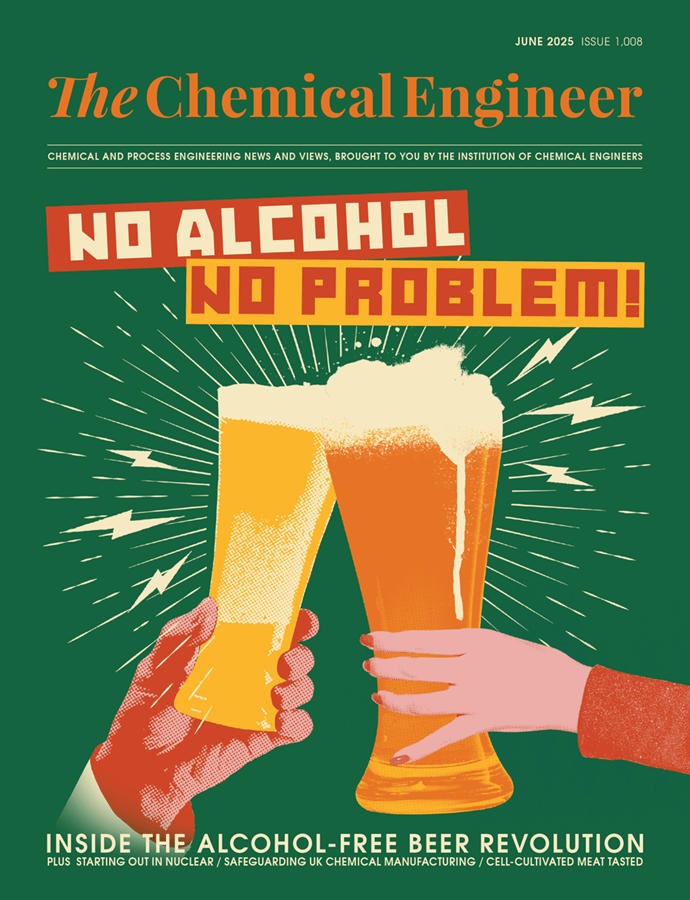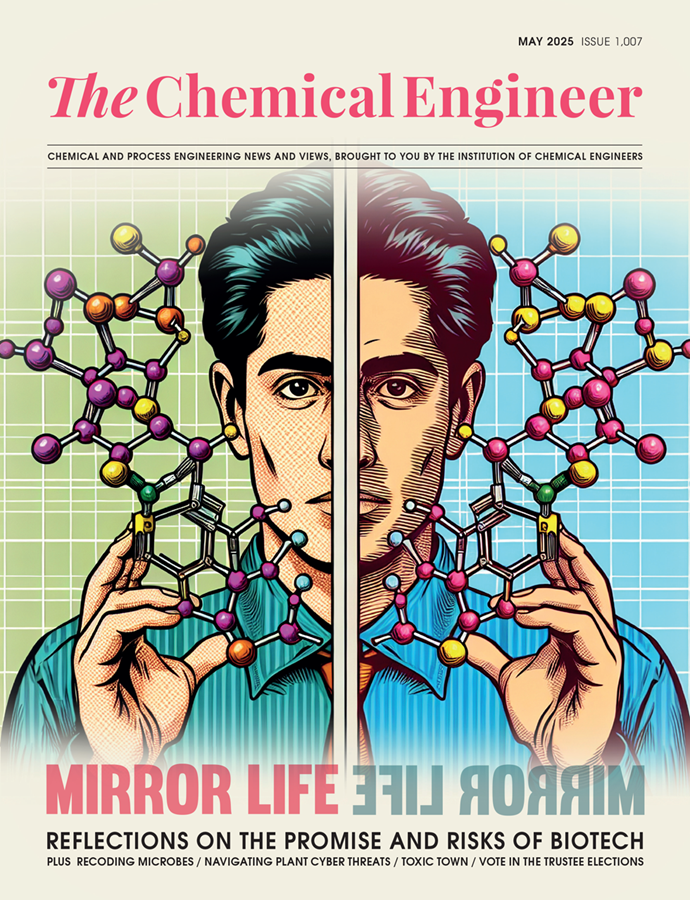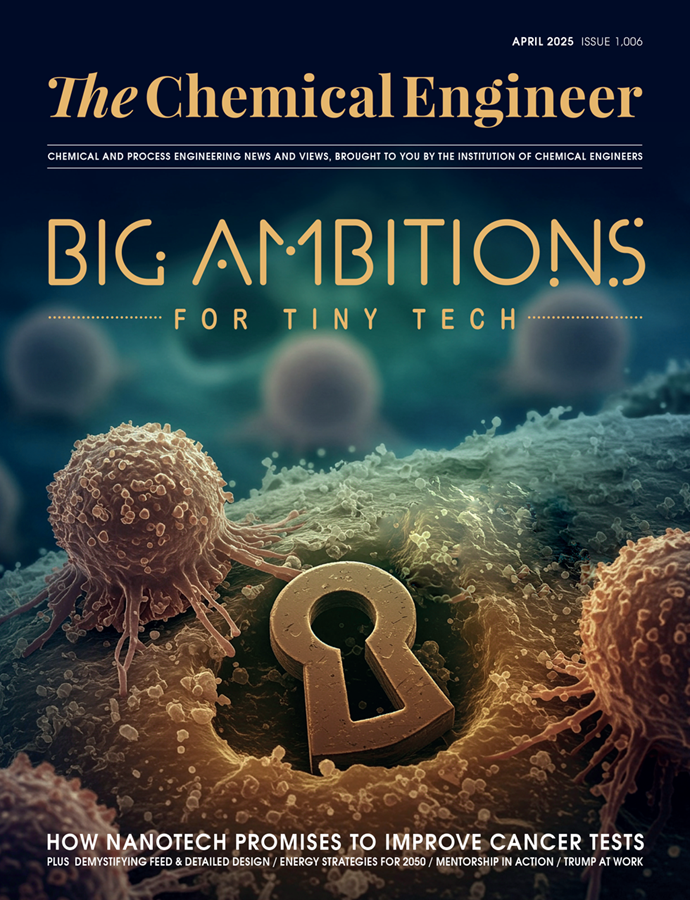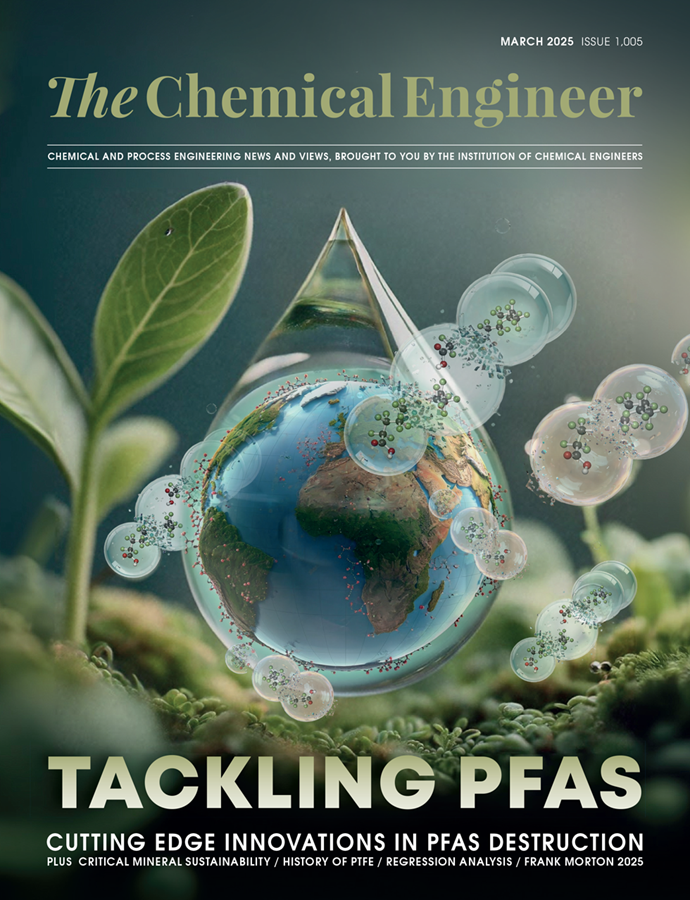Viewpoint: Embracing New GenAI-enabled Teaching
Far from replacing teachers, Christopher Honig says GPTs could blend learning and evaluation into seamless, dynamic experiences
Quick read
- Integrated Teaching and Assessment: GPTs can merge teaching and assessment, enabling continuous, real-time feedback and competency tracking throughout the course
- Discovery Through Experimentation: Effective GPT use cases emerge through hands-on experimentation by educators and students, adapting technology to real-world learning contexts
WHEN discussing GenAI in education, we often compare it to existing human roles, like AI tutors or AI markers replacing their human counterparts. We reference the technology through familiar roles we already understand.
However, it’s becoming increasingly apparent that GPTs (generative pre-trained transformers like ChatGPT) may enable entirely new teaching methods that aren’t direct replacements for human-led activities. Instead, this technology could introduce wholly new modes of teaching.
Imagine a student watches a short video lecture and then interacts with an AI tutor, explaining the concepts back while the AI corrects any misunderstandings (a widely discussed Socratic AI-tutor use-case).1 The conversation history between the student and AI can be also logged, resulting in a substantial transcript of daily interactions by the end of the semester. Using a GPT tool to process these transcripts, we could then also confirm whether the student has demonstrated understanding of all core competencies in the subject (fine-grained skills and competency mapping).
This example suggests that GPTs may dissolve distinctions between “teaching modes” (like lectures, individual study, workshops) and “assessment modes” (like exams and assignments). Their ability to process large volumes of context-specific language naturally leads to a continuous integration of teaching and assessment. While proctored assessments still have their place, this illustrates how learning, the extrinsic motivation offered by assessment, and the verification of competency, can begin to blend.
Imagine if the competency mapping from the conversational transcripts occurred continuously, instead of just at the end of the semester. The AI tutor could start each new session with a “recap of past learning”, focusing on concepts the student previously struggled with (sometimes called “dynamic learning” when teacher-centric or “adaptive learning” when technology-centric). Instead of demonstrating competency at a single point in time (eg passing an exam by rote learning), the student can demonstrate understanding over time through consistent, deep learning in multiple sessions. The pedagogical foundations of these approaches are well-established, from the philosophical theory of Constructivism (which posits that knowledge is actively constructed through discourse rather than passively received) to the widely cited Bloom’s Taxonomy, aiming to elevate educational goals beyond memorisation to higher levels like evaluation (such as debating an AI on core ideas to justify their understanding).
Integrating teaching and assessment into a single function may sound radical but feels more natural when I think about teaching my own young children. I constantly teach them while simultaneously gauging their understanding. We talk about how to safely cross the road while we’re crossing the road, and I check they’re doing it safely; I don’t set up an exam on road-crossing safety after a lecture. Teaching and assessment are naturally integrated. This extends to broader safety education in chemical engineering: best practice is not a self-contained module on safety as an appendix to a larger course that is passed and forgotten.2 Best practice instead dictates that safety education should be continuously embedded into a course: every laboratory begins with a risk assessment (both for learning and personal safety); classes draw on real-world examples wherever possible; “no blame culture” is embedded in the framing to all discussions; then in industry every meeting begins with a safety share. Practicing safety and learning about safety are continuously reevaluated.

Recent Editions
Catch up on the latest news, views and jobs from The Chemical Engineer. Below are the four latest issues. View a wider selection of the archive from within the Magazine section of this site.




